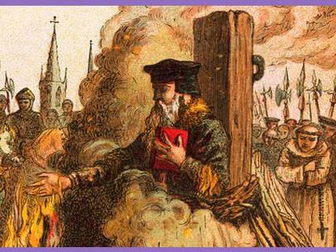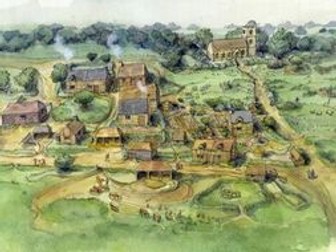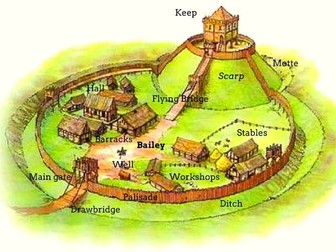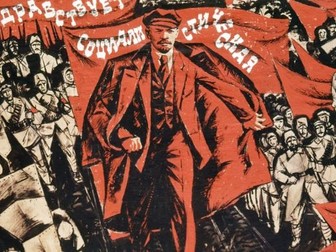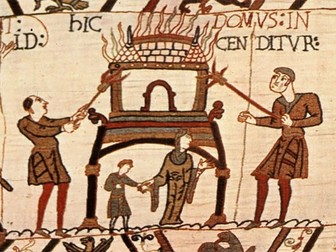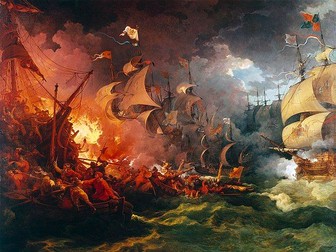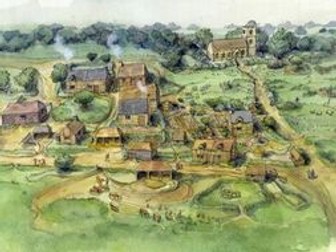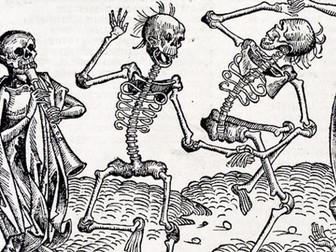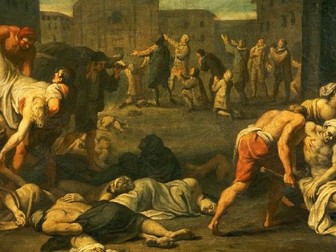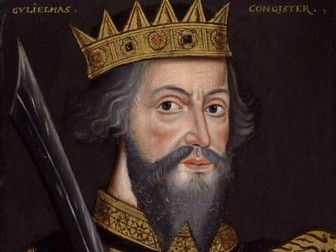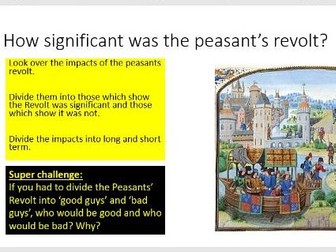The Reformation
<p>This is a fully resourced KS3 unit of lessons which looks to simplify and bring to life the complexity and turmoil of the English Reformation.</p>
<p>The scheme walks students through many complex issues: who the Tudor monarchs were and how they came to power; what the European Reformation was and what the differences between Catholics and Protestants were; what each Tudor monarch did to either advance the Reformation or stop it in its tracks (often through very violent actions) and what impact this had on normal people. It covers Henry VIII’s break with Rome, the Dissolution of the Monasteries and Elizabeth’s famous victory over the Spanish Armada.</p>
<p>The skills focus of this unit is on explanation. It therefore has lots of activities to help students develop their critical thinking and explanation skills. The unit contains two assessments which focus on explanation.</p>
<p>All lessons include three progress questions to monitor progress and although scaffolding is already included they will be easily differentiated. If students are seen once a week, this unit should be around a term’s work.</p>
<p>The unit is part of a scheme of work that looks to develop students’ understanding of the nature of change. Therefore I have also included the introductory lesson to that scheme which gives students a framework through which to judge all historical developments they come across. The lessons can be used with or without this framework.</p>
<p>I have included a zip file to show how the unit fits together.</p>
